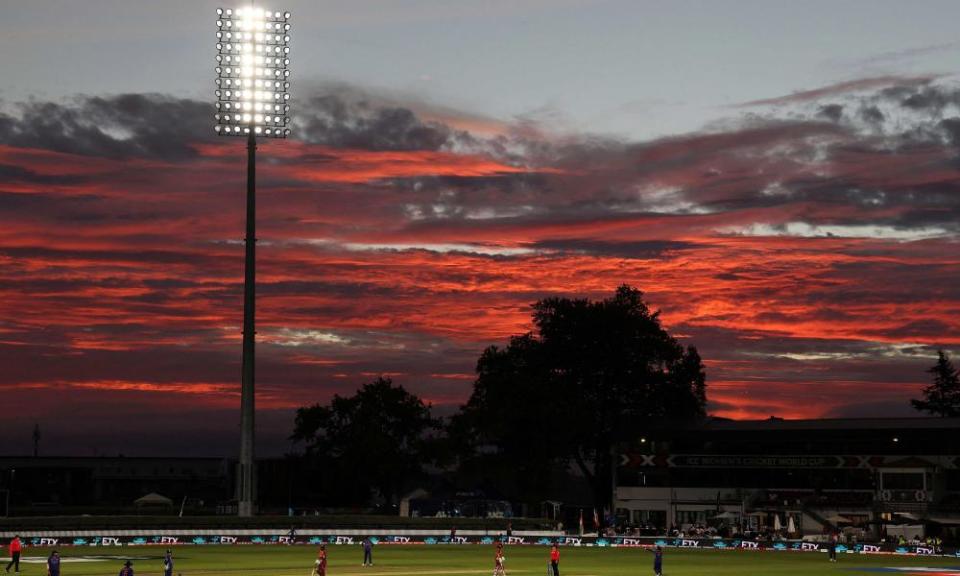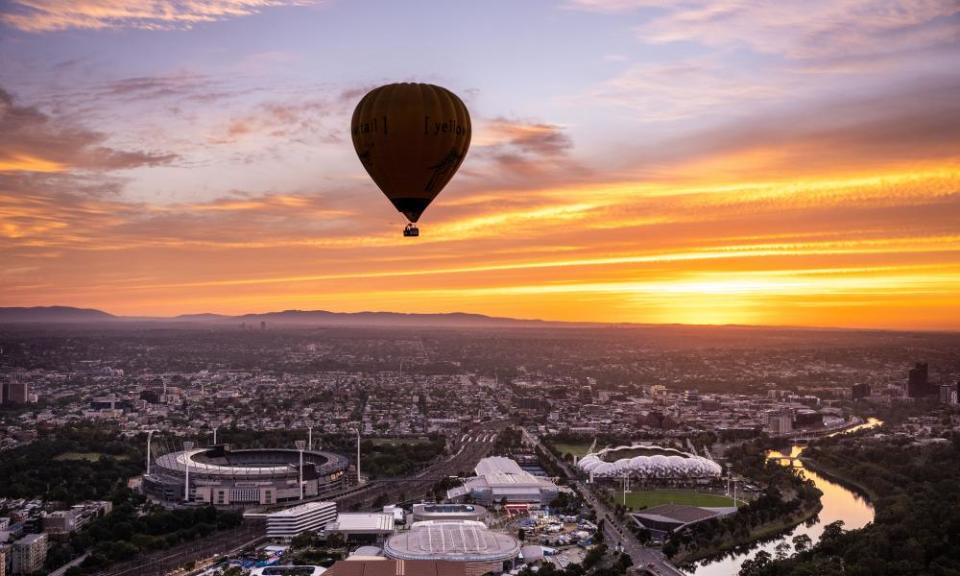Tonga volcano ‘afterglow’ creates dazzling sunsets across New Zealand and Australia

Unusually fiery and vibrant sunrises and sunsets across New Zealand and Australia in recent weeks could be due to aerosols that were hurled up into the stratosphere following Tonga’s volcanic eruption in January.
New Zealand’s National Institute of Water and Atmospherics (Niwa) has been inundated with messages from people asking what is causing the “strange but beautiful phenomenon”.
The team contacted colleagues in Otago and Paris to confirm if their suspicions were true – that the Hunga Tonga-Hunga Ha’apai volcanic eruption was responsible for the displays.

The Lauder Atmospheric Research Station in Central Otago said their instruments had detected unusual spikes in aerosols in the stratosphere, at around 20-25 kilometres above New Zealand. Researchers at the Institut Pierre-Simon Laplace in Paris said satellite data also showed that concentrations of stratospheric aerosols from the eruption had tripled between 35°S and 45°S – the latitude where New Zealand lies on the globe – since April.
The aerosols from the plume of gas and ash have been dispersing around the globe, Niwa said, and indeed, it is thought that they are causing the stunning skies. Sunsets and sunrises would have been similarly striking around Tonga in the aftermath of the eruption, but now the aerosols were heading south.
“Usually when you see a sunrise or sunset, it is the clouds that morph into the most vibrant colours,” said Nava Fedaeff, a Niwa forecaster.
“However, when stratospheric aerosols are present after a volcanic eruption, they scatter and bend the light as the sun dips or rises past the horizon, creating a glow in the sky with hues of blue, purple, and violet.”

Volcanic twilights are known as “afterglows”, with the colour and intensity of the afterglow dependent on the amount of haze and cloudiness along the path of light reaching the stratosphere, Fedaeff said. “These bewitching scenes are made even more striking by crepuscular rays caused by shadowing from distant clouds or mountain barriers.”
New Zealand has experienced this phenomenon before. Sunset afterglows persisted for months after the eruption of Philippine volcano Mount Pinatubo in 1991, meaning New Zealanders could be treated to these lovely morning and evening colours for a while longer, Fedaeff said.


 Yahoo News
Yahoo News 
